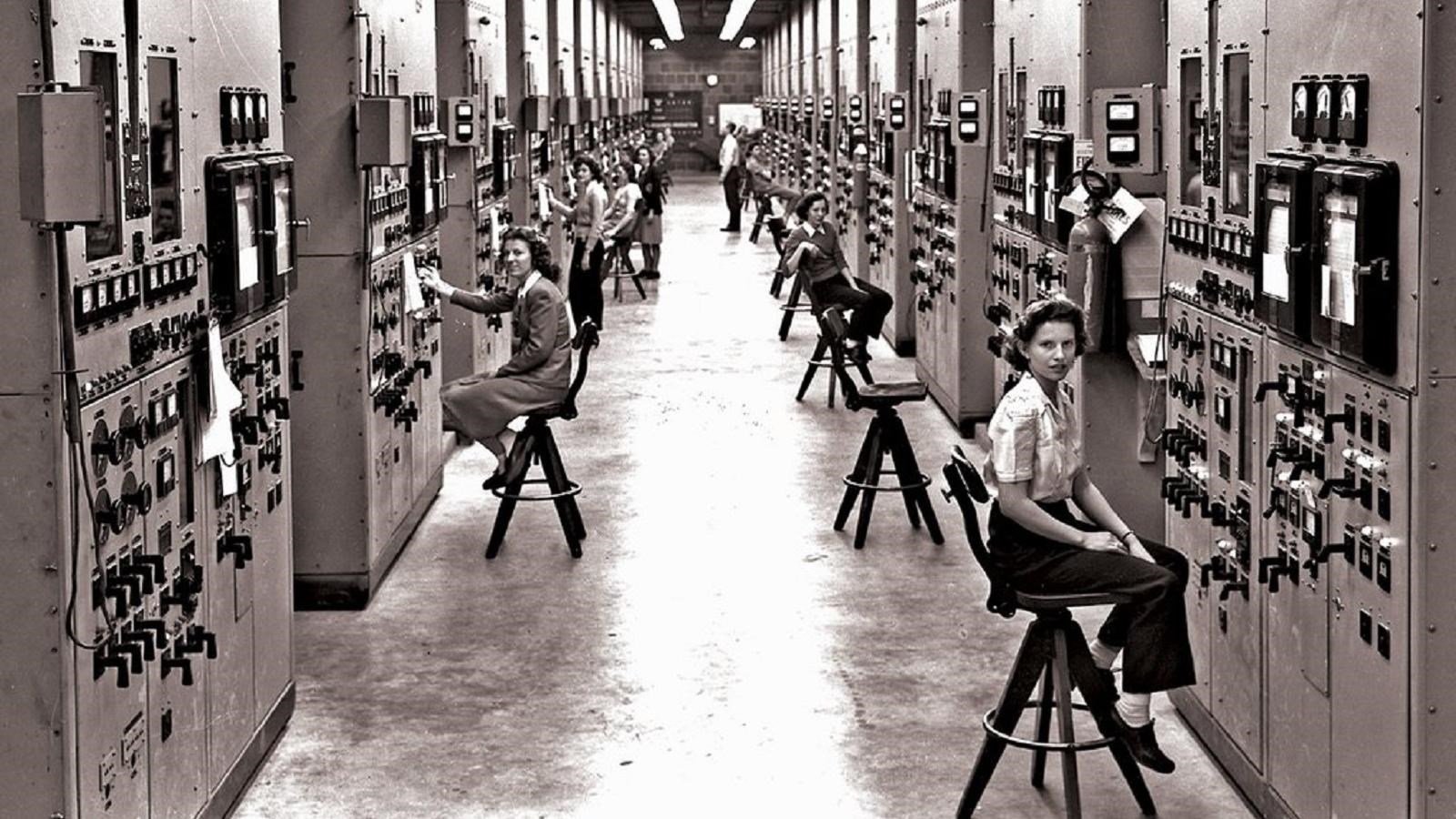Last updated: September 21, 2023
Place
Oak Ridge, Tennessee

Ed Westcott, Department of Energy
American World War II Heritage City
Oak Ridge was built under a cloak of secrecy by the United States government during World War II as a major site of the Manhattan Project, the massive wartime effort that produced the world’s first atomic weapons. In 1942, the U.S. Army Corps of Engineers bought an estimated 60,000 acres of rural farmland to construct a "temporary" city and three facilities - to develop the technology that helped to end the war.
The “Secret City” served as the headquarters of the Manhattan Project, where military leaders and scientists oversaw the enrichment of uranium and proof that plutonium could be produced in a uranium reactor for the development of the world’s first atomic weapons. More than 75,000 people lived in the city and over 80,000 workers worked tirelessly in Oak Ridge (Tennessee’s 5th largest city) to undertake this massive challenge, even though almost none of them knew what they were working on. Construction of major facilities began in 1943. Uranium enriched at Oak Ridge would ultimately be used in the “Little Boy” atomic bomb. Sixty percent of the $2 billion Manhattan Project funding came to Oak Ridge.
To house all the new workers and their families, multiple small, self-sufficient neighborhoods were built. Each one had its own housing and shopping center and was somewhat isolated from the other neighborhoods. The wartime construction and operation of Oak Ridge was a testament to the dedication, sacrifice and discipline of the people living and working there. Workers, some of which were segregated by race, adapted to living in muddy and primitive conditions, particularly at the outset.
After the war, Oak Ridge transitioned from a “temporary” military town into a self-governing city in 1959. Within 10 years of its incorporation, Oak Ridge was already taking steps to preserve its history. The X-10 Graphite Reactor was designated a National Historic Landmark in 1966. The city was itself listed on the National Register of Historic Places in 1991. The city once again reaffirmed its commitment to historical preservation in 2006, when it was named a Preserve America community. Manhattan Project National Historic Park (MAPR) was established in 2015, as a three-site, one park concept in partnership with the National Park Service and the U.S. Department of Energy.
Consisting of sites in Oak Ridge, Los Alamos, NM, and Hanford, WA, the park seeks to educate its visitors about the history of atomic development and the science behind nuclear technology. Oak Ridge assets include the X-10 Graphite Reactor, the footprint of the original K-25 building, two original calutron buildings at the Y-12 site, and the former Alexander Guest House. Other prominent Oak Ridge locations include the K-25 History Center, three historic gate houses, the Wheat Church, and the Chapel on the Hill. Several local museums---the American Museum of Science and Energy (AMSE), the Children’s Museum of Oak Ridge, the Oak Ridge History Museum, and the K-25 History Center—provide excellent educational and interpretive programs and exhibits.
